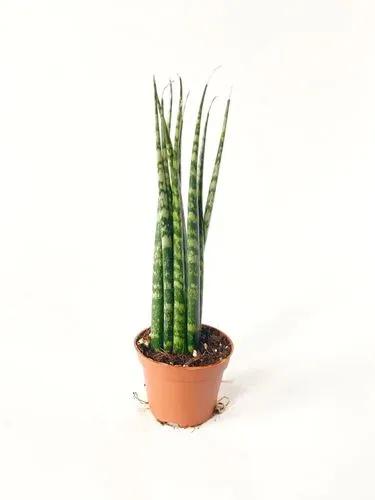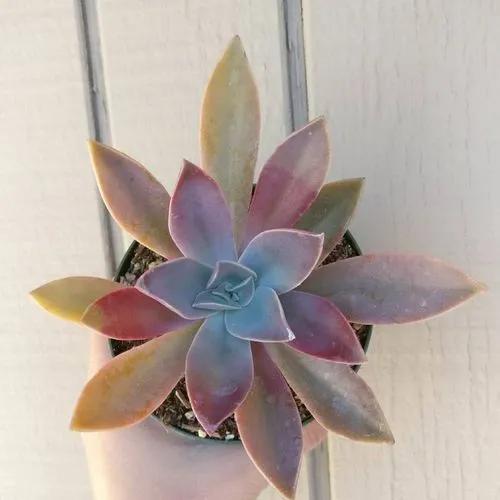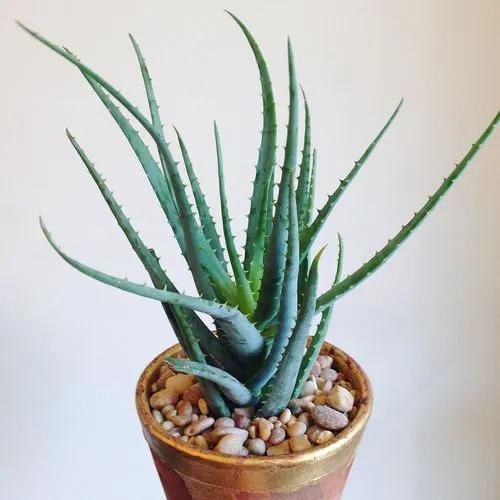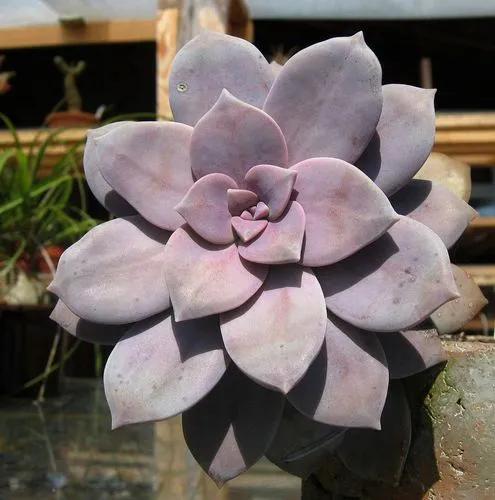Crassula are succulent, herbaceous plants. Some varieties are suitable for rock gardens in mild regions as long as the soil is well drained. The thick leaves are often covered with hair or 'meal' and the flowers are generally small in size and borne on terminal panicles. Crassulas can easily be grown from leaf cuttings.
Crassula 'dubia' Care
Crassula Cotyledonis Thu



How to Care for the Plant

Water

Water thoroughly when soil is dry to the touch. Never let your succulents sit in water. Do NOT water on the leaves. If you water from beneath by letting the plant sit in a saucer of water, make sure to pour off any excess water after a few minutes. The hotter it is outside, the faster your soil will dry out, so you’ll need to water more often if you live in a hot area.

Fertilizer

Feed this plant sparingly. You can give your plants a little organic fertilizer in mid-spring, as they start actively growing, but further feeding is not necessary.

Sunlight

Bright, filtered light and ample airflow.

Soil

Provide porous soil with adequate drainage, pots with drainage hole are recommended.

Temperature

protect from frost to prevent scarring.

Popularity

69 people already have this plant 21 people have added this plant to their wishlists
Discover more plants with the list below
Popular articles






